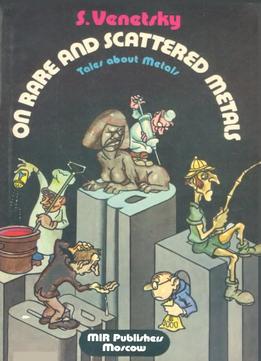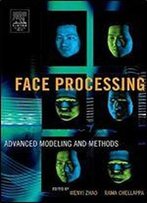
On Rare And Scattered Metals
1984 / English / PDF
13 MB Download
Ours is an age of incredible breakthroughs in science and technology: man has blazed a trail into outer space, harnessed the energy of the atomic nucleus, built "thinking" machines and unravelled the mystery of the living cell. Humanity is moving into ever new and fascinating fields, but there is one field of activity which, while being old as the hills, is no less fascinating. This field is metallurgy, the production and working of metals and alloys. At the dawn of civilization people were familiar with only a few metals. But as ages passed and ever more new elements were discovered, the range of useful metals extended as well. In the case of some metals scientists and engineers did not take long to acknowledge and appreciate them, with others, it took years before they began to be applied. There were valid reasons for their "idleness". First, the content of many of them in the earth's crust is minute and therefore, it is extremely difficult to extract them; some have no minerals of their own and occur only as impurities in other metals (such "scattered" elements belong to the group of trace elements). Second, up to a certain period science lacked information on most metals and since those we are going to discuss were used very rarely in industry, they were called rare metals. The explosive development of technology is the hallmark of the 20th century, a time when instrument-making, chemistry, aviation, rocketry, electronics and nuclear power — all started to place orders for new materials with unique properties. This is what prompted scien-tists to delve deeper into the world of rare metals. A careful study of those "recluses" revealed that many of them were quite "gifted". Thus began the advent of rare metals in industry.











